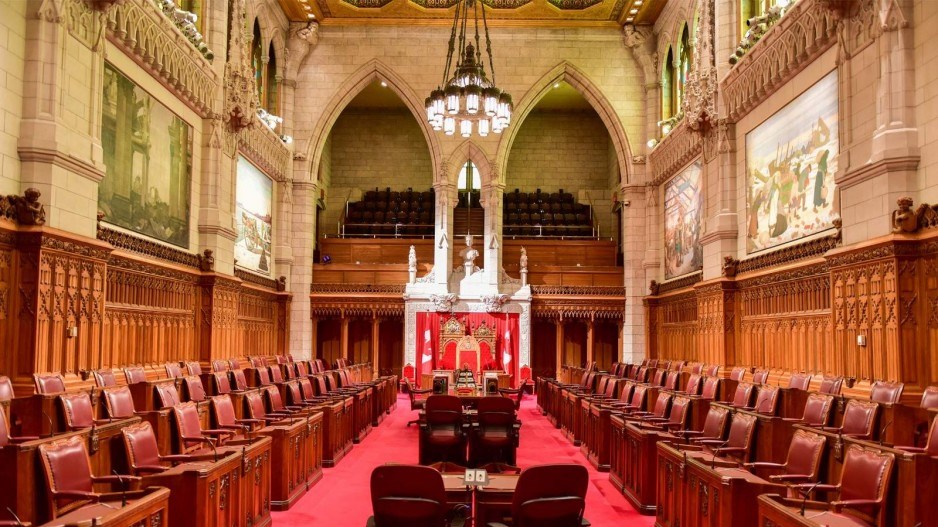One of the prevalent obsessions of centre-right political parties in Canada has been figuring out a way to modify the Senate. The Reform Party of Canada, the Canadian Alliance and the merged Conservative Party of Canada spent more than two decades discussing ways in which the country’s upper house could be more representative.
When Stephen Harper took over as prime minister in 2006, there were no monumental changes to the status quo and senators continued to be selected by the prime minister himself. Some believed at the time that, due to the wobbly nature of Harper’s minority government, the time was not right for a revolution. When the Conservatives earned a majority mandate in 2011, the situation stayed the same.
In 2015, Justin Trudeau became prime minister. His main policies related to the upper house were to remove the partisan label from senators who had been appointed as Liberals by his predecessors and to establish an Independent Advisory Board for Senate Appointments. In any event, the decision on who to name to the upper house remains in Trudeau’s hands.
When Research Co. recently asked British Columbians about the Senate, two answers were particularly distressing. Only 11% of British Columbians knew that the province has six members in the Senate and a slightly higher proportion (13%) was able to name at least one sitting member of the Red Chamber who currently represents British Columbia.
Let us suppose that British Columbians had their choice on what to do with the upper house. If a referendum were held as a first past the post ballot, the most favoured choice would be democratic reform. More than a third of British Columbians (36%) say they would reform the Senate to allow Canadians to elect their senators.
Abolishing the Senate of Canada altogether is a distant second for residents (17%), but the proportion climbs to 24% among residents aged 55 and over. The “Trudeau way” – having a selection committee that would appoint non-partisan senators – holds an even lower level of support (14%).
The least favoured option, endorsed by 8% of British Columbians, is the one we “technically” have now: the prime minister appointing senators. One in four British Columbians (25%) is undecided on what to do with the upper house, including 31% of women and 31% of residents aged 18 to 34.
Later this year, a vacancy in the Senate is expected following the mandatory retirement of British Columbia Conservative Sen. Richard Neufeld, who was appointed by Harper a decade ago. Neufeld will step down in mid-November, after this year’s federal election.
Alberta – where the battle for an equal, elected and effective Senate reached its peak in the 1980s – is the only Canadian province that has held non-binding popular ballots to select nominees to the Senate. In the last Alberta election to the Senate, held in April 2012, the two top vote getters were Doug Black and Scott Tannas. Harper appointed both to the Red Chamber less than a year later.
British Columbians see what has transpired next door and like it. Almost two-thirds (64%) would like to play a role in picking senators with a system similar to the one that has been used in Alberta.
The Senate remains a mystery for most British Columbians.
The level of disengagement from British Columbians when it comes to the Red Chamber is astonishingly high. Negligible proportions of residents know how many seats the province has in the upper house or are able to name at least one appointed senator.
Most British Columbians would relish the opportunity to select senators, even if their ballots are cast in a non-binding process. We are nowhere near the level of discussions about the future of the Red Chamber that we had before the Charlottetown Accord referendum in 1992, but the survey’s results delineate a population that continues to perceive Canada’s Senate as aloof and unapproachable. Having the opportunity to elect its members could change that. •
Mario Canseco is president of Research Co.




